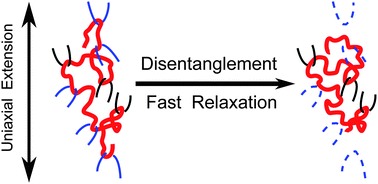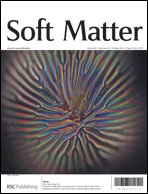Relaxation of single polymer chain in binary molecular weight blends observed by scanning near-field optical microscopy†
Abstract
The conformational relaxation of single polymer chains in uniaxially elongated poly(methyl methacrylate) (PMMA) films were examined by direct observation using


 Please wait while we load your content...
Please wait while we load your content...